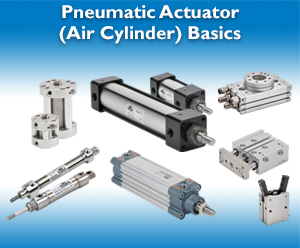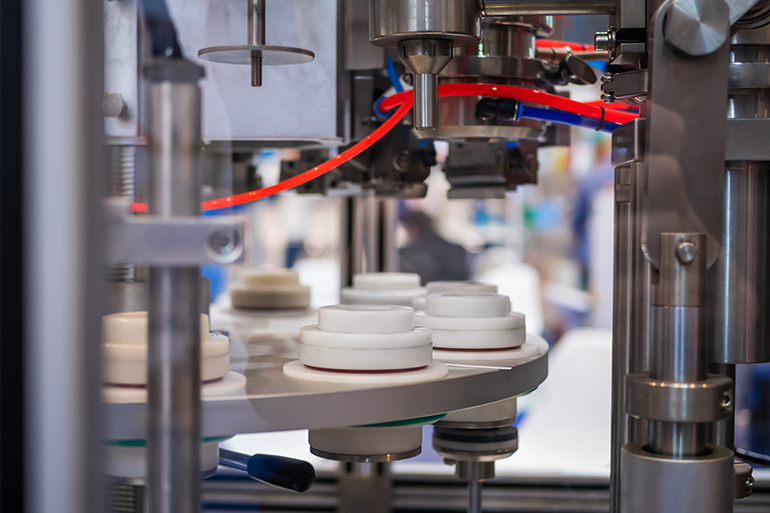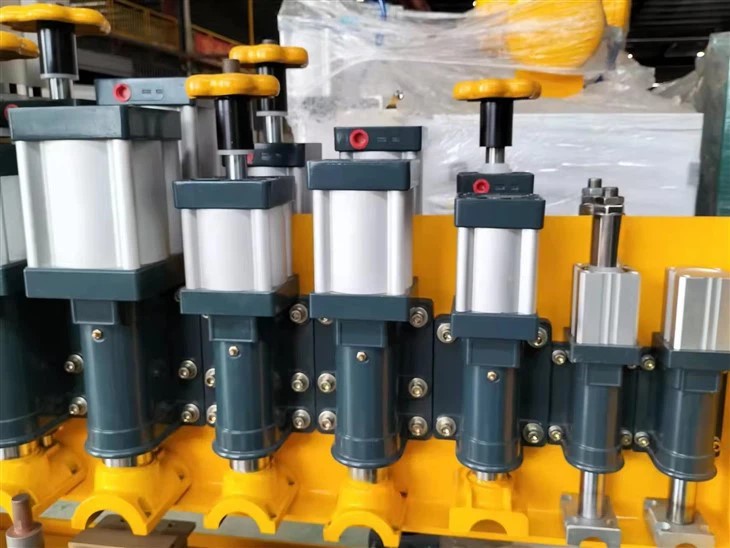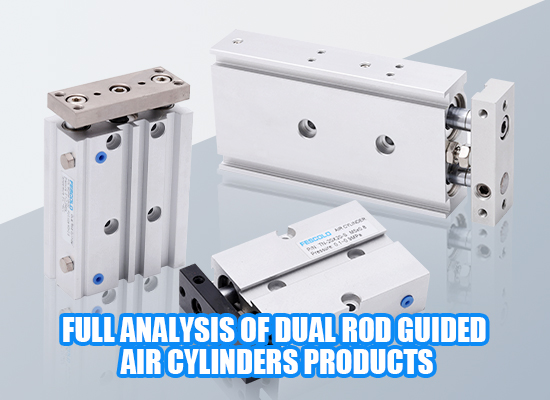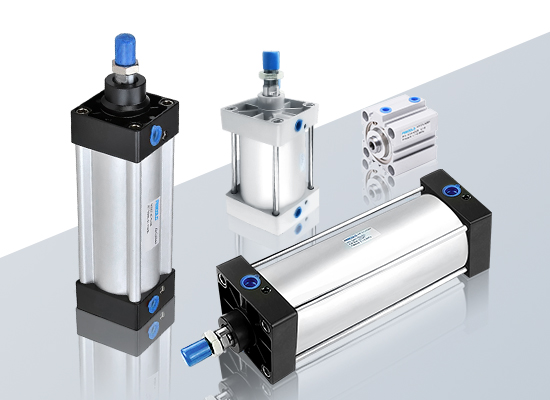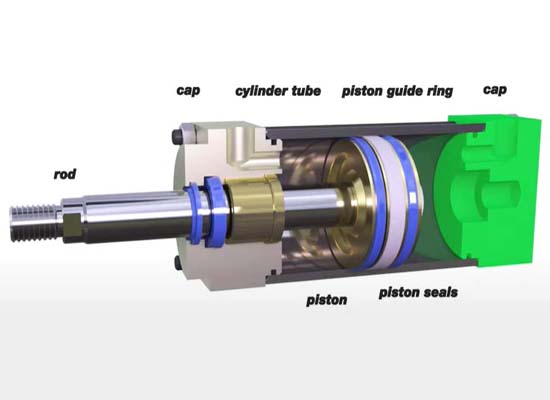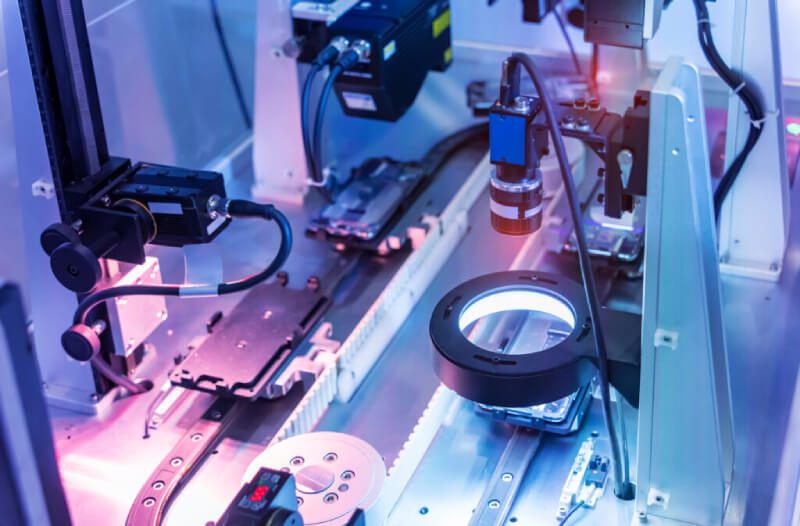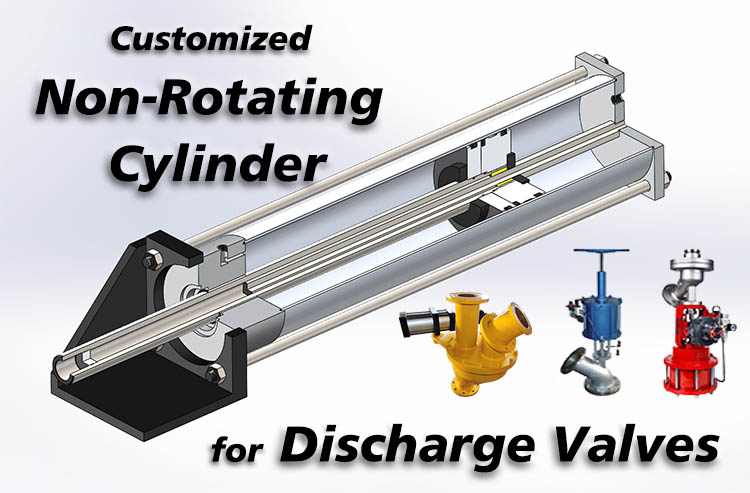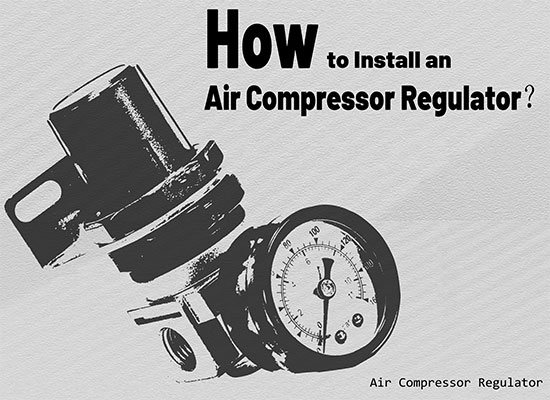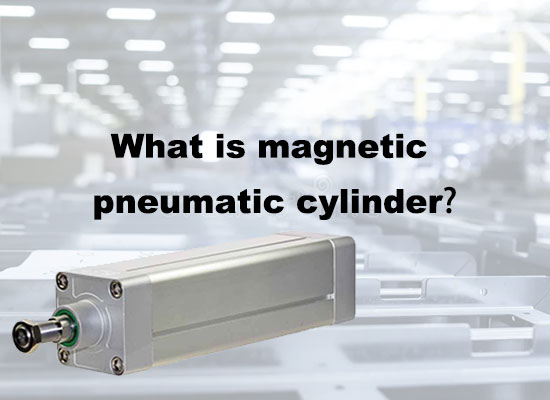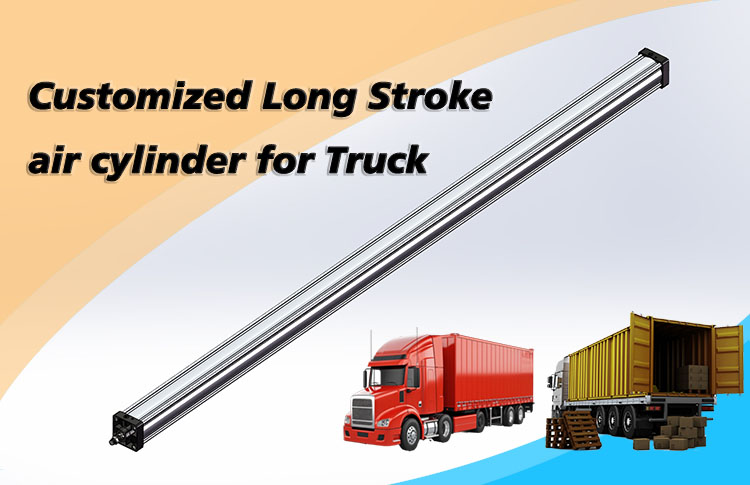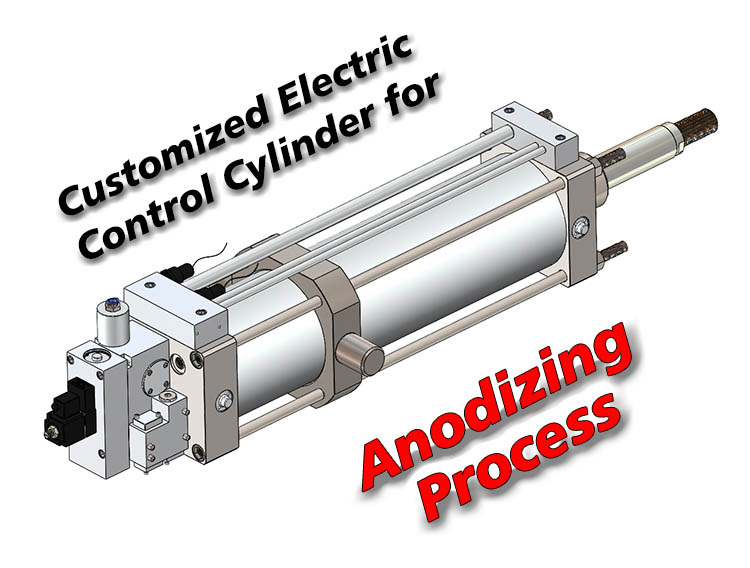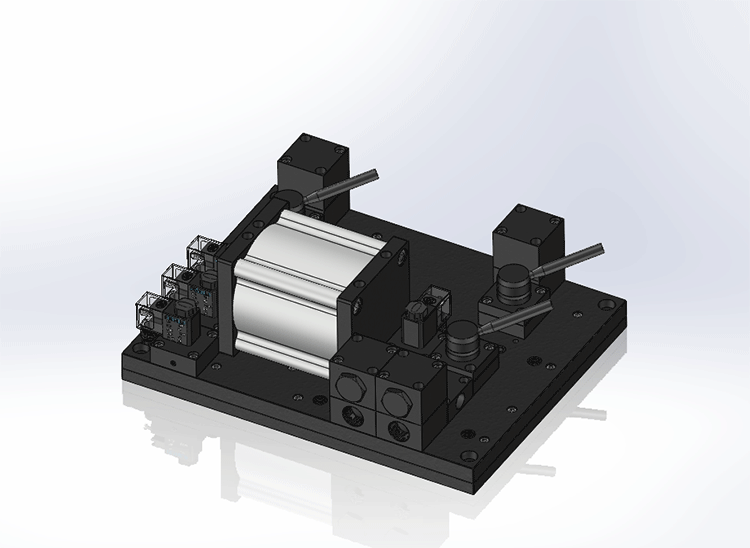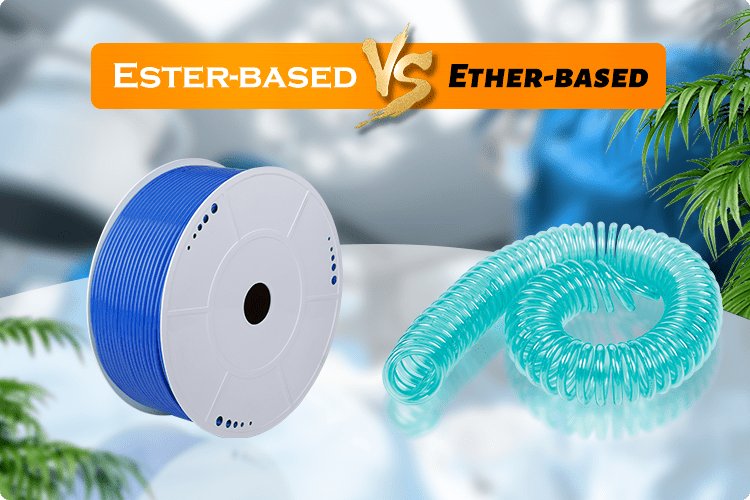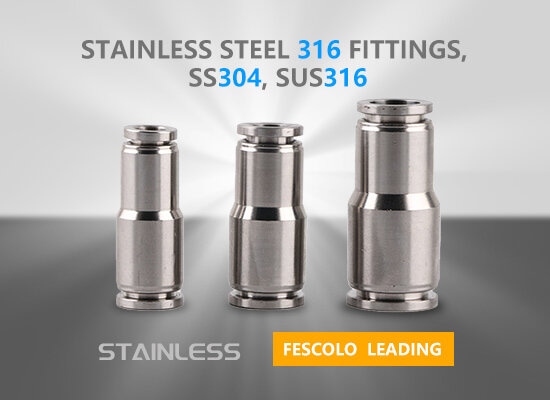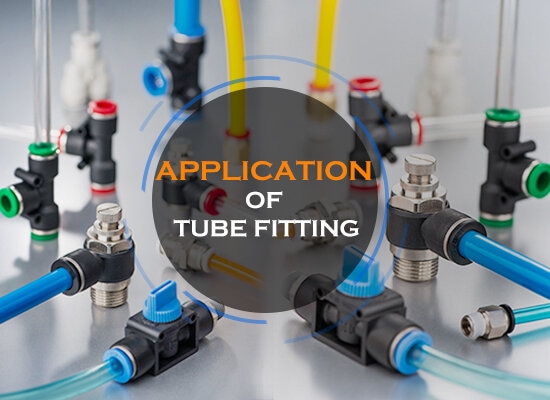There are two types of motion in cylinders: one is reciprocating linear motion, and the other is rotary motion with a fixed angle.
In linear motion, the cylinder uses air pressure or hydraulic oil to drive the piston back and forth inside the cylinder body, generating linear pushing and pulling force. Depending on the installation method, the cylinder body can also perform swinging or limited rotational movement.
Through special internal structures, cylinders can convert the energy of air into angular displacement or rotational torque. In rotary motion, this type of cylinder—often referred to as a rotary cylinder—can produce reciprocating motion within a fixed angle or allow the adjustment of the rotation angle as needed.This article will introduce these two types of cylinder actions and highlight their key differences.
Linear action actuator
Single action cylinder
A single-acting cylinder primarily performs unidirectional linear reciprocating motion. It uses compressed air or hydraulic oil to drive the piston in one direction, while the return stroke relies on a spring or external mechanical force. The single-acting pneumatic cylinder is powered by compressed air, whereas the single action hydraulic cylinder uses hydraulic oil. Because hydraulic systems operate at higher working pressures, single-acting hydraulic cylinders can generate greater output force.
Double action cylinder
A double acting cylinder is a type in which the piston performs bidirectional linear reciprocating motion inside the cylinder. It includes the double action pneumatic cylinder and double action hydraulic cylinder. When compressed air or fluid enters one side of the cylinder, the pressure acts on the piston and pushes the piston rod forward. When the fluid enters the other side, the piston moves in the opposite direction, and the piston rod returns. There is no spring structure; both directions are driven by the working medium. Therefore, the load driven by a dual acting actuator is often greater than that of a single acting type.
Rotary action actuator
Rotary motion refers to a type of movement in which the output shaft performs a limited-angle reciprocating rotation around a fixed axis. This is known as a rotary cylinder, also called a swing cylinder, which is a pneumatic actuator that uses the pressure energy of compressed air to generate limited-angle or continuous rotational motion. The output angle of this actuator can be adjusted as required.
China pneumatic cylinder manufacturer
We are a Chinese manufacturer of double acting pneumatic actuators, dedicated to providing high-performance and highly reliable pneumatic control solutions for customers worldwide. Our products are widely used in valve automation control, industrial equipment, production line automation, and fluid control systems.
As a professional actuator manufacturer, we are equipped with advanced production facilities and a strict quality management system. Our product range includes double acting pneumatic actuators, spring return actuators, and various customized pneumatic control components. Our actuators feature a compact structure, stable torque output, and excellent sealing performance, and can be customized in terms of specifications, interface standards, and control methods according to customer requirements.



